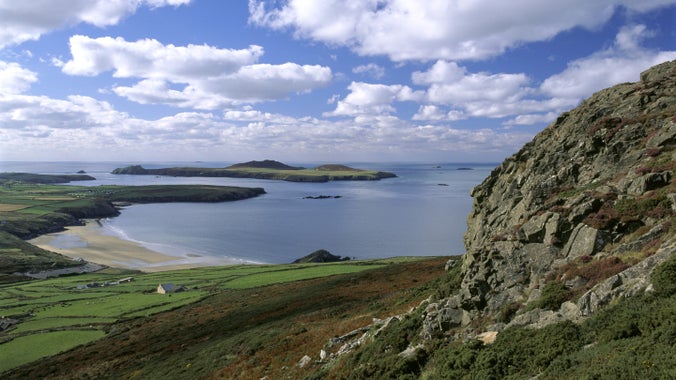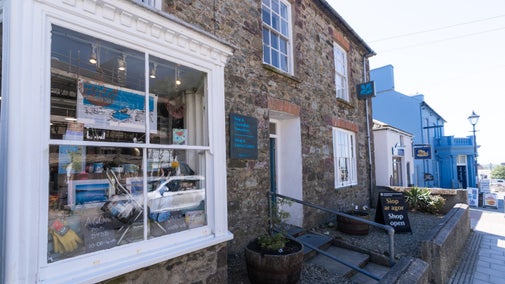
Become a member
Join today and help protect nature, beauty and history – for everyone, for ever. Enjoy access to more than 500 places with National Trust membership.
A colourful coastline with heaps of history, this pretty peninsula’s been a cultural hotspot for thousands of years. Discover the area’s ancestry, from Celtic life to Wales’ patron saint.
St David's Peninsula, Pembrokeshire, SA62

Our rural and coastal places in Pembrokeshire are one pawprint rated. Find out more about bringing your dog to Pembrokeshire. Escape to the western edge of Wales and explore a dramatic coastal landscape with your four-legged friend beside your side.

Follow these guidelines and tips for responsible seal-spotting to help keep seals safe when out on the coast.

Nestled in St David’s, the visitor centre and shop is a brilliant base for discovering Pembrokeshire. Plan your visit with the team, have a browse and help support our special places.


Join today and help protect nature, beauty and history – for everyone, for ever. Enjoy access to more than 500 places with National Trust membership.